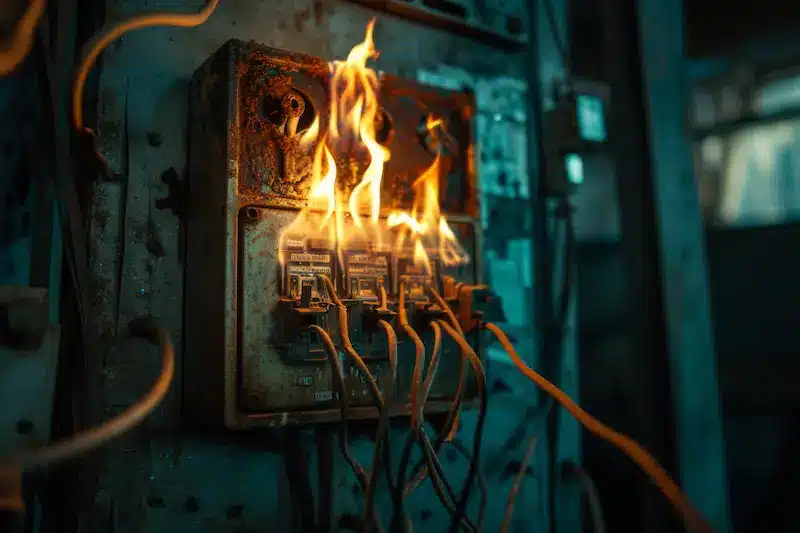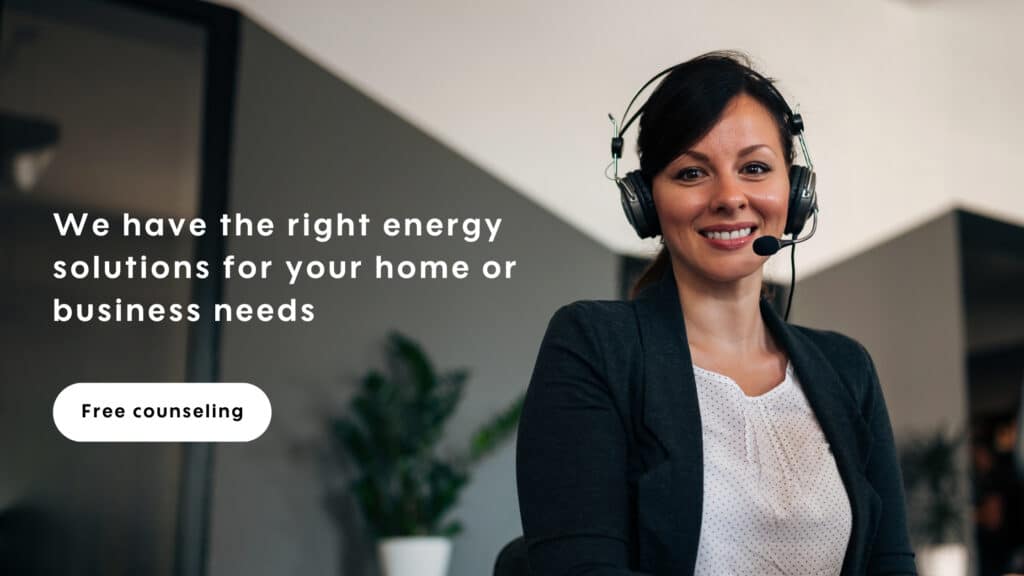Voltage (V) is an important measurement in the world of electricity. Its technical term is electrical voltage and understanding it is essential to ensure the safety and proper functioning of electrical devices anywhere in the world. The mains voltage in Colombia is 110V.
What is the voltage in Colombia?
The voltage in Colombia is 110 volts (V) alternating current (AC) at a frequency of 60 Hertz (Hz). In addition, the plugs and sockets in Colombia are type A and B, the same that are used in countries such as the United States, Canada, Ecuador, Costa Rica, among others in Latin America.
How to know the voltage of my house?
The voltage of electricity in Colombia that is provided in homes depends on the geographic location and the consumption needs for the different devices, appliances or industrial equipment to be used.
Although the standard voltage in Colombia is 110V, there may be variations according to the area, as it is not the same to use an air conditioner in a city with cold temperatures as it is to use it in a city with hot temperatures. The voltage 220 in Colombia is the one that will probably be used in this case.
To be sure the voltage in a house in Colombia is 110/120 Volts or 220/240 Volts, some steps that can be implemented are:
- Consult a qualified electrician. This professional knows how to use specialized tools to measure the voltage at the outlets and provide accurate information about the electrical supply in the home.
- Use a digital multimeter. This device has an instruction manual for measuring voltage at each outlet and is usually available at a hardware store.
- Check the type of current service.
Single-phase current: this is the most common in homes. It generally has a voltage of 110V and is identified by having a single phase wire and a neutral in the electrical panel.
Two-phase current: it can be found in some older homes. It goes from 110V to 220V. It is characterized by having two phase wires and a neutral in the electrical panel. - Check the electric consumption meter Some 220 volt meters are equipped with two different scales: one for 110 volts and one for 220 volts. If only one scale is visible, it is likely that the home is using 110 volt voltage.
What happens if I plug a 220V appliance into a 110V outlet?
To ensure the correct operation of household appliances and to protect the residential power grid, it is essential to take into account the specific voltage requirements of each appliance.
When plugging an appliance designed to operate on 220V into a 110V outlet, the power may arrive with very little force and the appliance will not turn on or will work with low performance.
This is because the 110V voltage is insufficient for the appliance to operate properly. In some cases, the appliance may work, but its life will be reduced.
On the other hand, plugging a device designed to work with 110V into a 220V outlet can result in serious damage. Voltage overload may cause short circuits, fire or irreparable damage to the appliance.
How do I know what voltage my appliance uses?
Generally, each device or appliance has a label or nameplate that indicates the voltage at which it must operate. For example, if it reads “INPUT: 100-240 V, 50/60 Hz”, it means that the device is compatible with a wide range of voltages and frequencies, making it suitable for use in different countries around the world.
This is usual for devices such as cell phones, laptops, cameras or tablets. In these cases, only a plug adapter is needed, which is very different from a power converter.
How to use the table of plugs and sockets and voltages in the world?
The plugs are the ends of the cable that connect to the sockets and usually have two to three flat or round terminals. Whereas, plugs are the sockets that receive these plugs and their connection holes are compatible with these terminals. In case the plugs are not compatible with a socket, a plug adapter can be connected.
As for the types of plugs and sockets used worldwide in the domestic environment, there are 15 different types and each has been assigned a letter (A, B, C, …. M, O) by the International Trade Administration (ITA) of the U.S. Department of Commerce. For its part, the International Electrotechnical Commission (IEC) has an interactive and practical guide so that people can see on the map, which plug and socket is used in each country.
However, for a device to work well anywhere in the world, it is not enough to buy an adapter for the plug, it is absolutely essential and essential to check the voltage that each device needs to work and whether or not it is compatible in other countries.
The voltage in different countries can vary from 100V to 240 volts, and in this case a voltage converter is necessary. Voltage converters transform the electrical current from one system to another, adapting the voltage to the needs of the device to be used.
Do not hesitate to consult an advisor specialized in voltage issues and make sure you have the necessary tools to take care of your appliances at home, so that you can guarantee their useful life.


